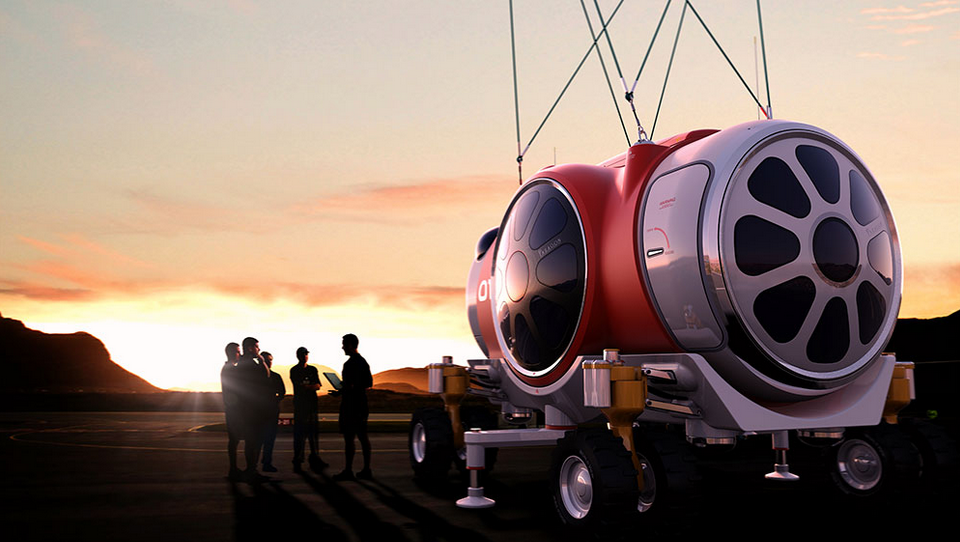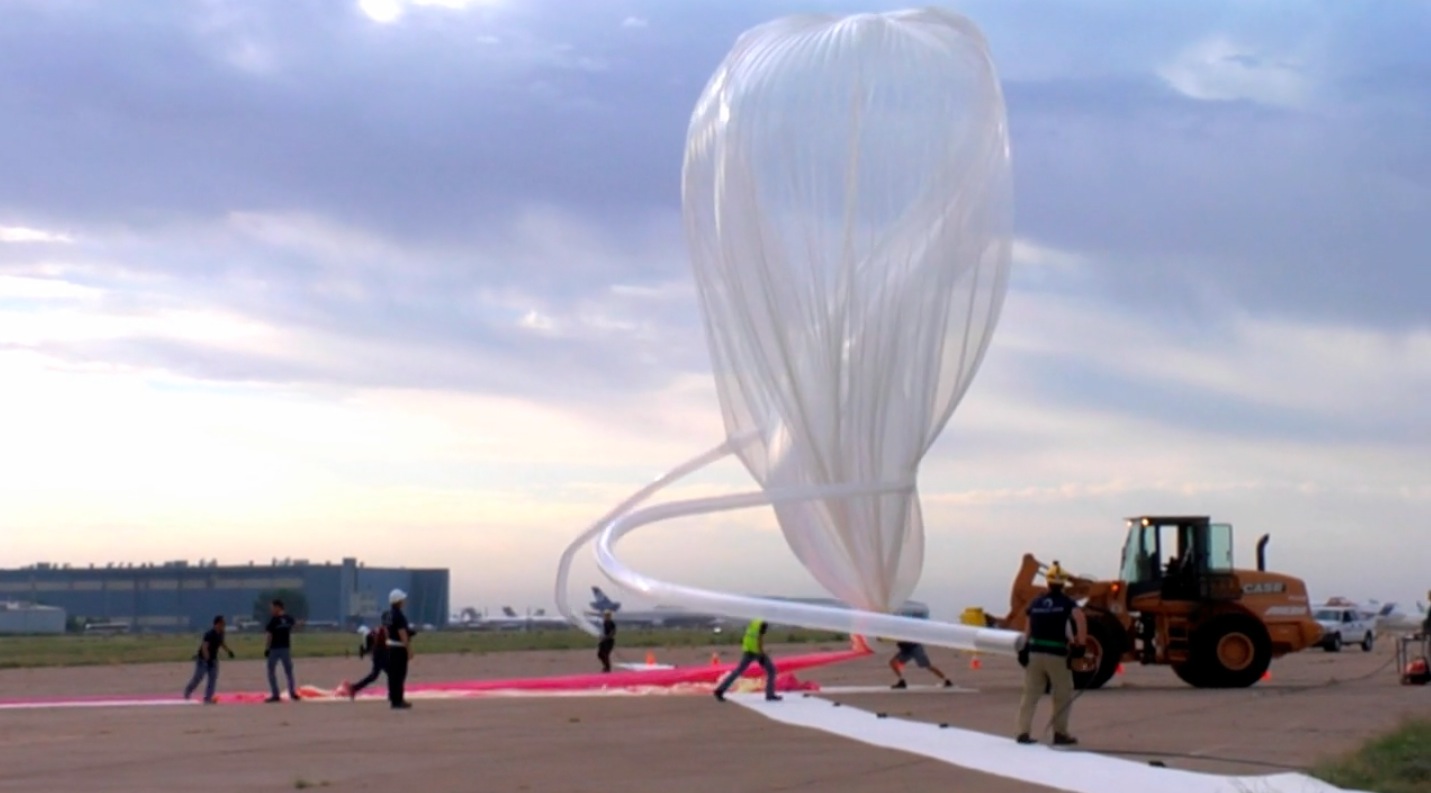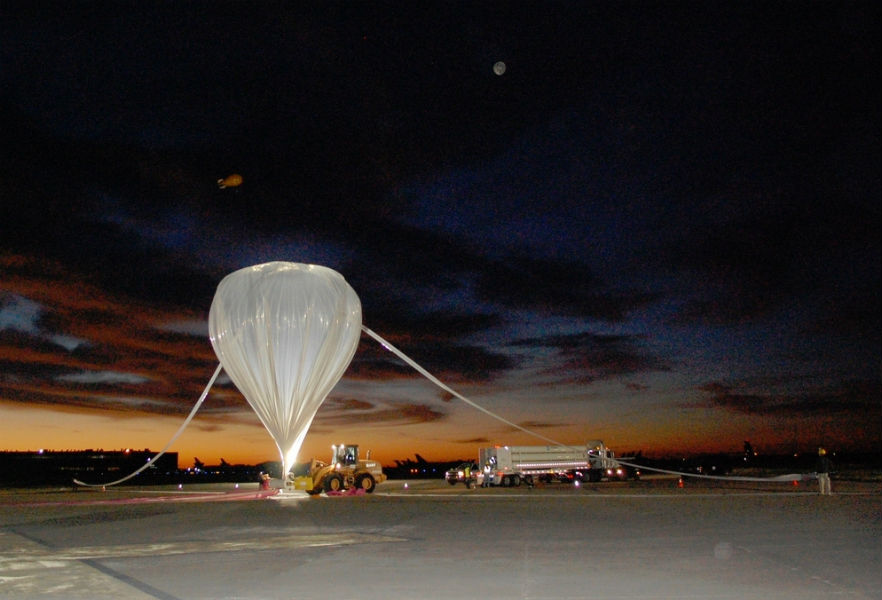World View and United Parachute Technologies (UPT) brought the world a step closer to manned space flights in a balloon with the successful flight of a parafoil from a record-breaking height of 102,200 feet.
World View, an Arizona-based company, is in the space tourism business, and it is hoping that by the end of 2016, it will be ferrying people to the edge of space underneath its giant balloons for $75,000 a pop. The plan is to begin near-space flights in a balloon and then use a parafoil for “easing passengers gently down to Earth from the stratosphere.” This is the first time a parafoil has been flown this close to the edge of space. Until now, the world record altitude for parafoil flight was about 50,000 feet.

With this flight, World View also announced its partnership with United Parachute Technologies (UPT) in conjunction with Performance Designs, which co-designed the breakthrough technology and will provide the parafoil systems for both manned and unmanned flights. This flight’s payload contained experiments from two universities. Montana State University tested a computer system designed to achieve increased reliability in extreme environments as well as a low-cost tracking and high-definition video link, which they hope to use to capture the 2017 solar eclipse on video. The University of North Florida flew experimental technology to measure the ozone gas profile in the stratosphere using a nanocrystalline gas sensor array. All three experiments are a result of student efforts over multiple years.
“The accomplishments of this flight further our two main objectives of manned spaceflight and advancing research,” said Taber MacCallum, World View’s Chief Technology Officer. “The successful flight of the parafoil at this altitude brings us closer to flying private citizens safely to the edge of space and also allows us to continue our research and education program by providing safe access to the near-space environment.”

Although World View wants to take its passengers to the edge of space, it doesn’t consider itself to be direct competitors to outfits like Virgin Galactic, which is hoping to take people on quick flights into space for $250,000 a seat. That’s because, Padilla said, while Virgin Galactic passengers will get about five minutes of weightlessness after launching into space on a small rocket, World View’s will get a 90-minute ride to their 100,000-foot ceiling, a couple of hours at that altitude, and then at least a 30 minute descent.



